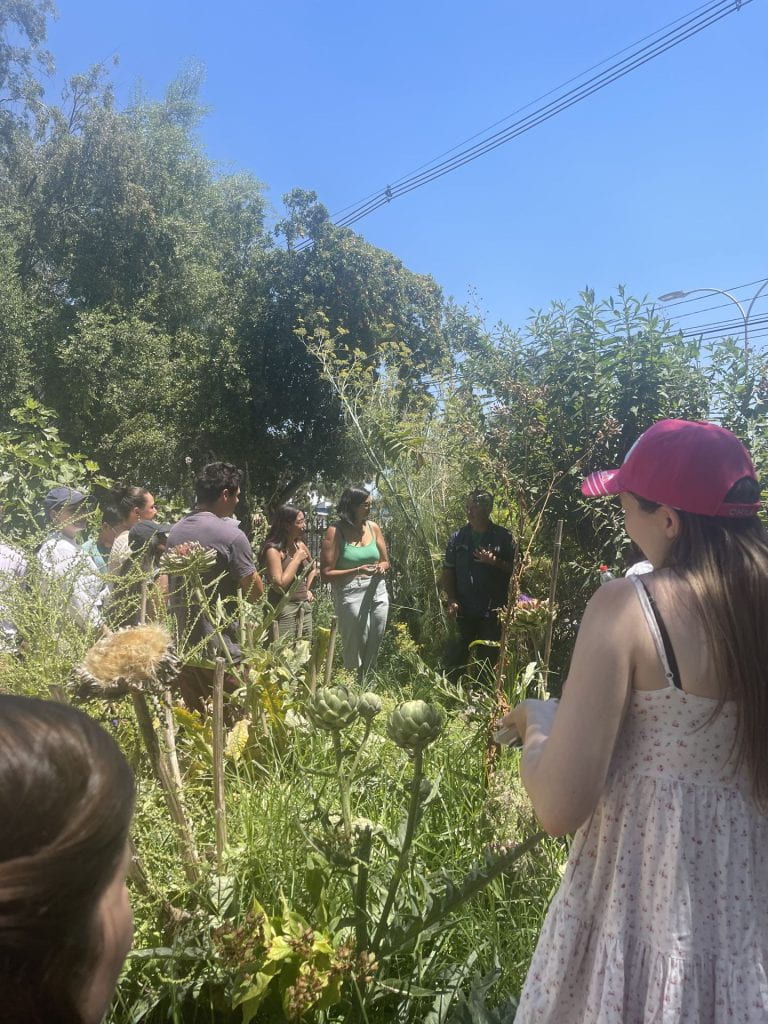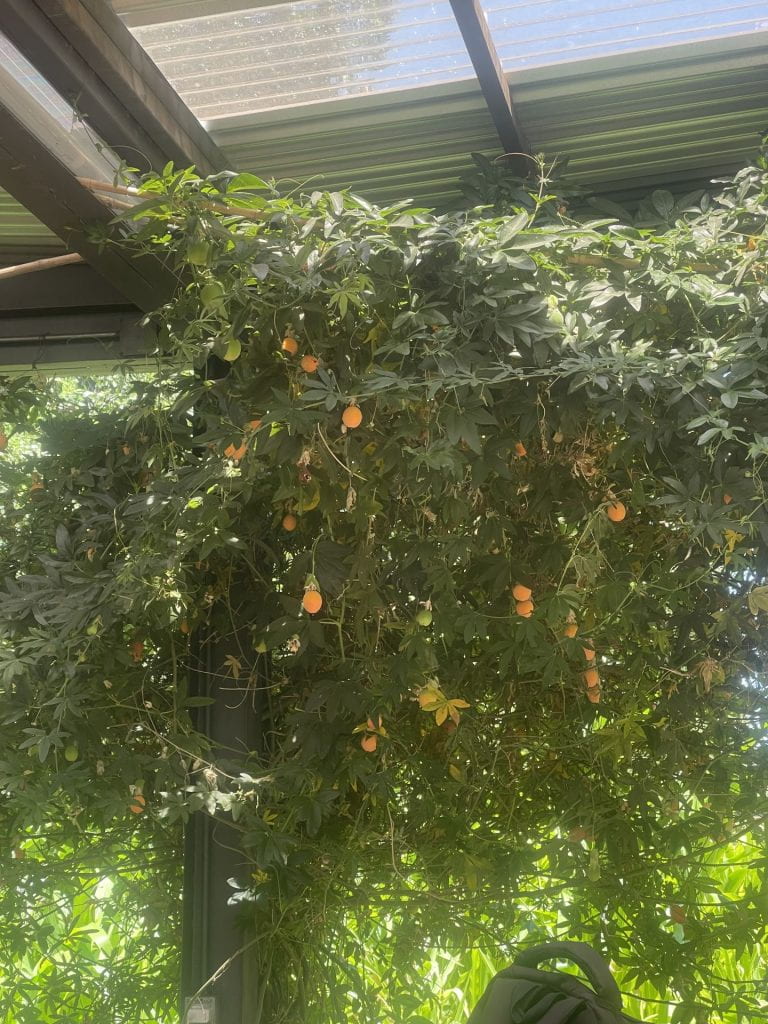Rangitane. Ngati Porou. Ngai tai ki Tāmaki. Waikato-Tainui.

From observing the medicinal herbs grown in the university gardens, walking the wards of the hospital, to the shores of Valparaiso – it was a whirlwind week filled with beautiful experiences.
On Tuesday and Thursday we were given the opportunity to walk the grounds of two hospitals – El Hospital Clínico de la Red de Salud UC CHRISTUS and Centro Medico San Joaquin. Our guides were the Chief Operating Officers of their respective hospitals. To be a Chief Operating officer is to be the keeper of systems. When a tired doctor shows up for a 12 hour shift and turns on their vital signs monitor, a fire alarm is set off or a power-cut impacts the network, these systems kick in to gear. The Operations team are the beating heart of the hospital, they create conditions of care so patients can be cared for and insure that the experience is satisfactory. A modern hospital would likely cease to provide effective care and in some cases care at all without their service people.
Service people are the poutokomanawa of a Santiago Hospital. A poutokumanawa can be found as a central support of a Wharenui, it is a powerful piece of whakapapa and story telling that welcomes Manuhiri and helps bring forth the stories of those who call those places home. This concept can be translated into the context of our lives in terms of a person. They can stand in mana and act as a korowai in times of need. Service members maintain the systems and pathways to maintain a hospital’s functions. From the basement to the rooftop they know the hospital inside and out and can navigate its halls with ease. I am grateful to the operations team for spending time with us to explain how they keep the hospital beating and for the care they put into making sure that their people can access care. He rau ringa e oti ai!
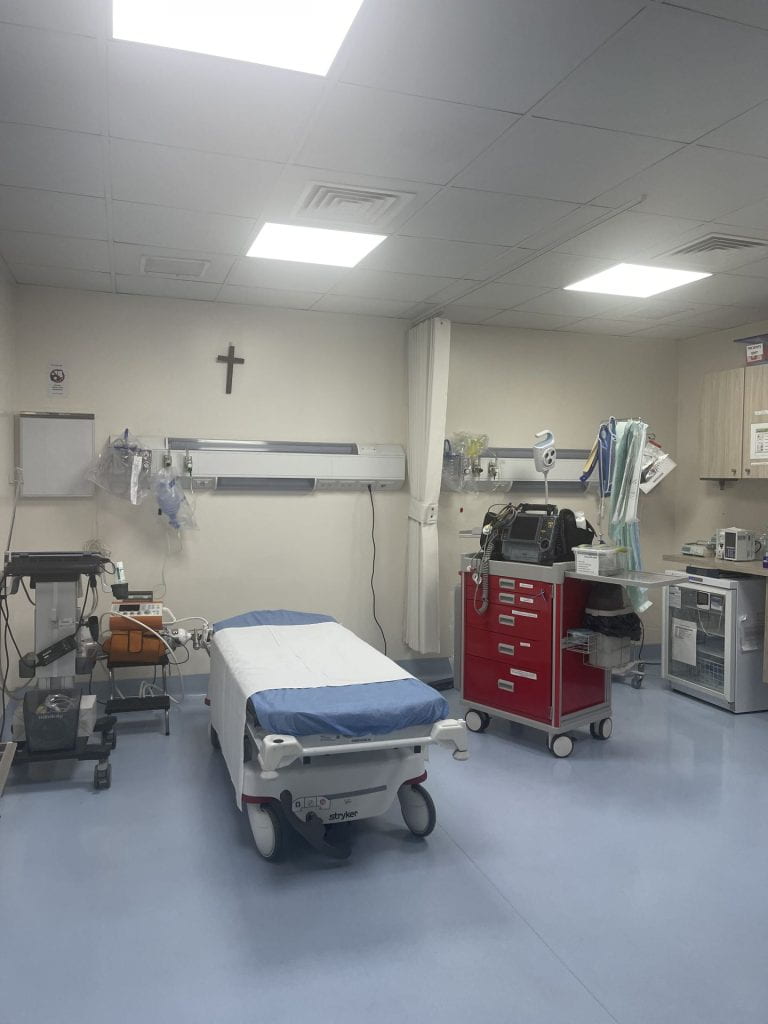
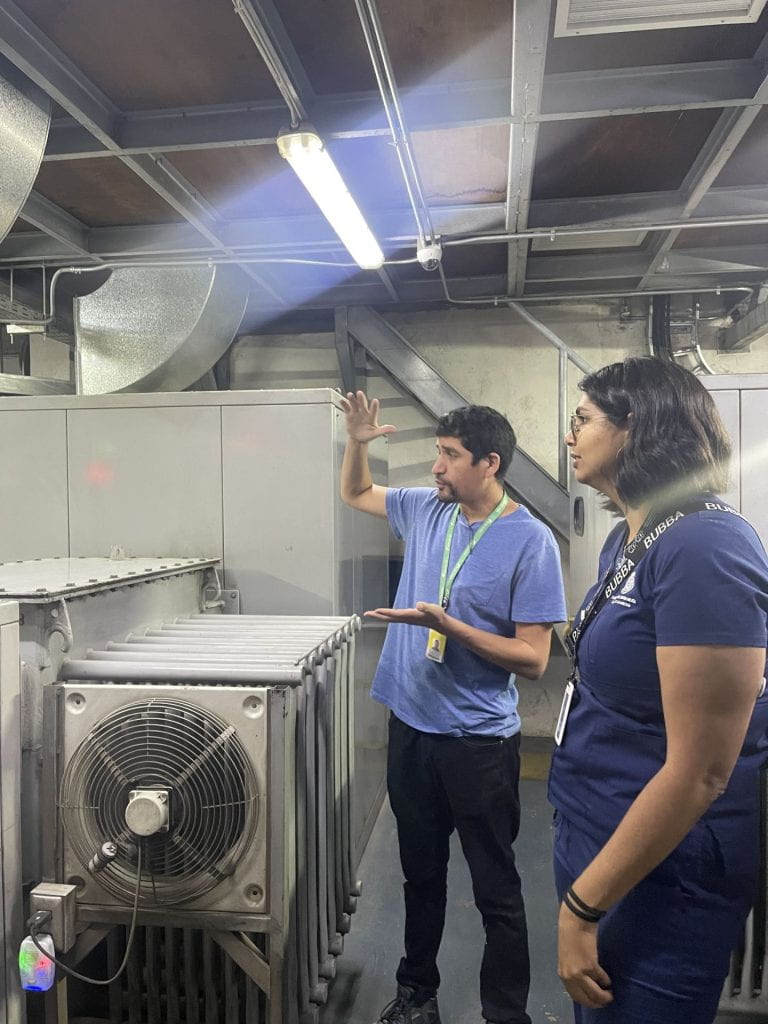
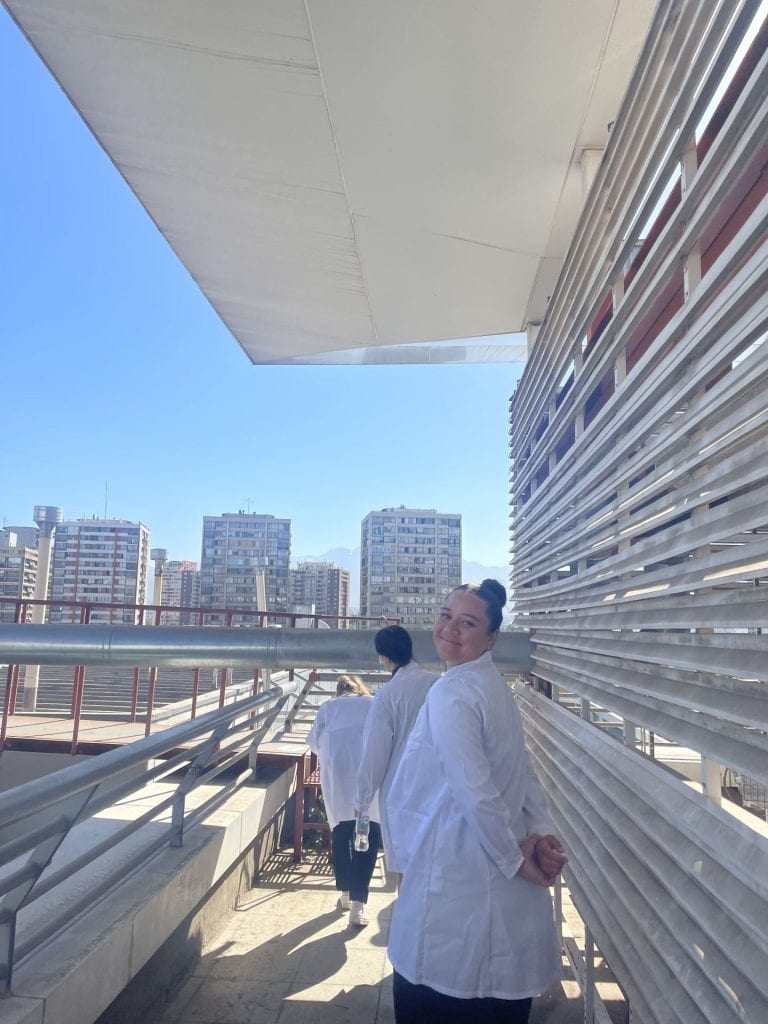
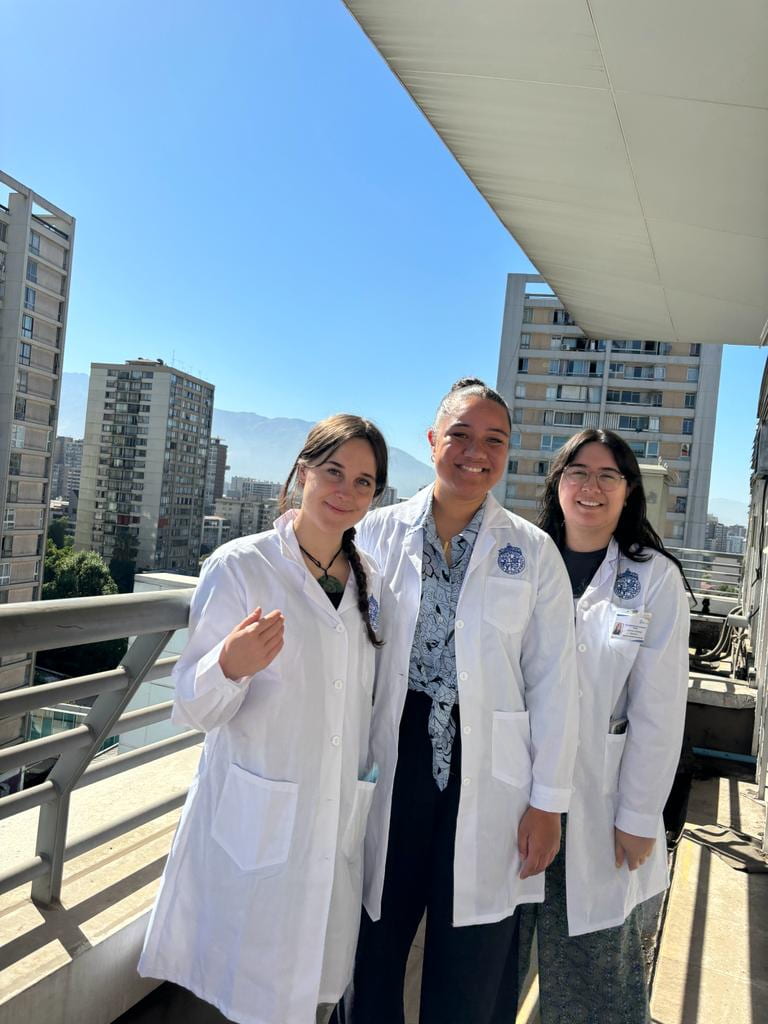
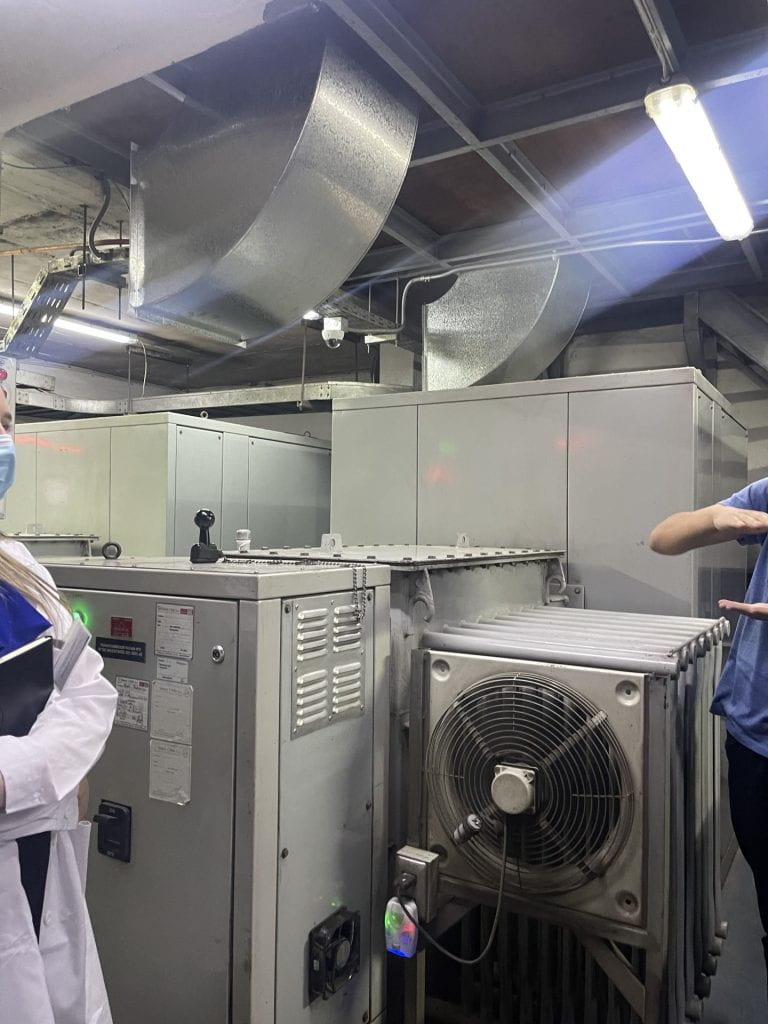
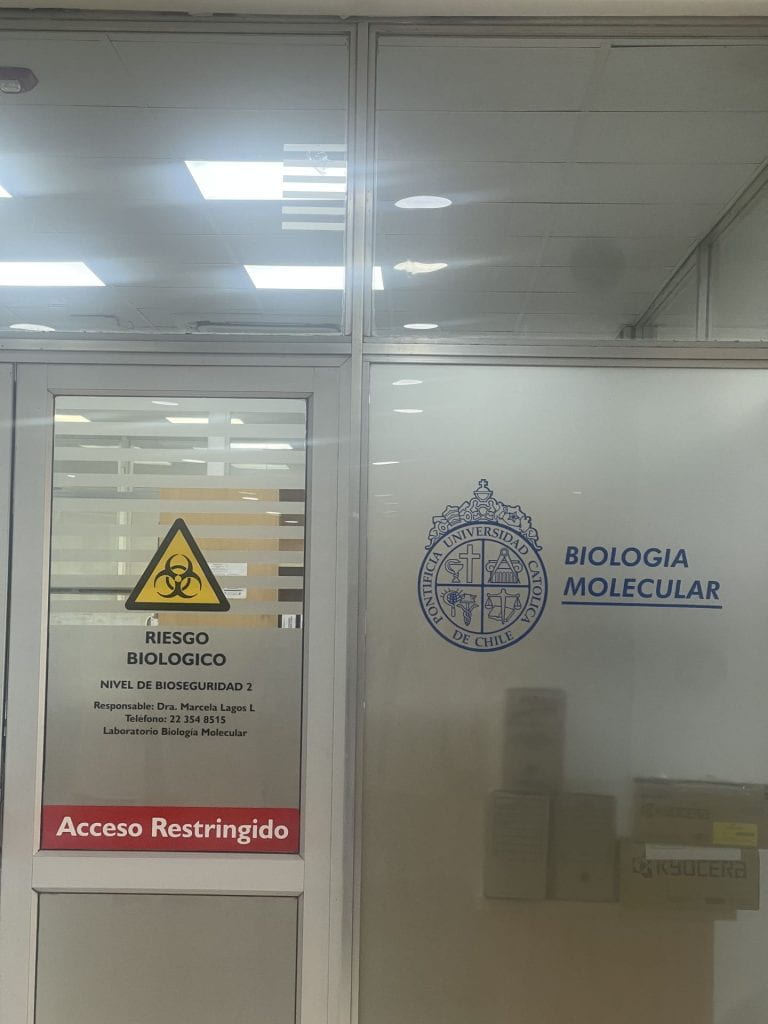
Another experience I will take with me into the future was our time with the university gardener in the maara kai Huerta CSJ. He shared with us various plants that thrive in the Chilean climate and their particular uses. We followed him through out the garden as he plucked leaves and harvested fruits for us to smell or taste. Though he only spoke Spanish the pure love for maara transcended language and could be felt in my manawa. Weaving through the garden he spoke fondly of these plants. The passi flora – a variety of passionfruit – for relaxation. Matico a plant cherished by the Mapuche for its anti fungal and anti microbial properties. Artichokes for their adding of gall bladder and liver health and planted with small amounts of tobacco throughout to repel bugs. The juiciest nectarines and plum hung overhead which come harvest time are shared with the wider student body for all to enjoy. He cares deeply for the soil as it makes way for plants that nourish and bring forth positive wellbeing. After all, te toto o te tangata he kai, te oranga o te tangata, he whenua, he oneone – while food provides the blood in our veins, our health is drawn from the land and soils!
Hei aakunei, see you soon. Until next time. S.M

